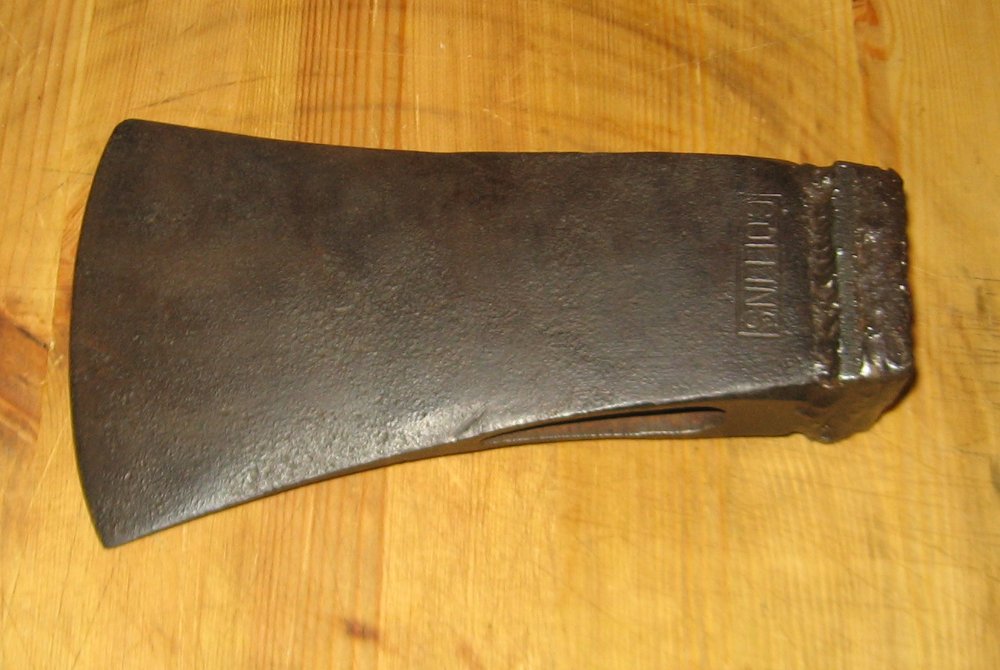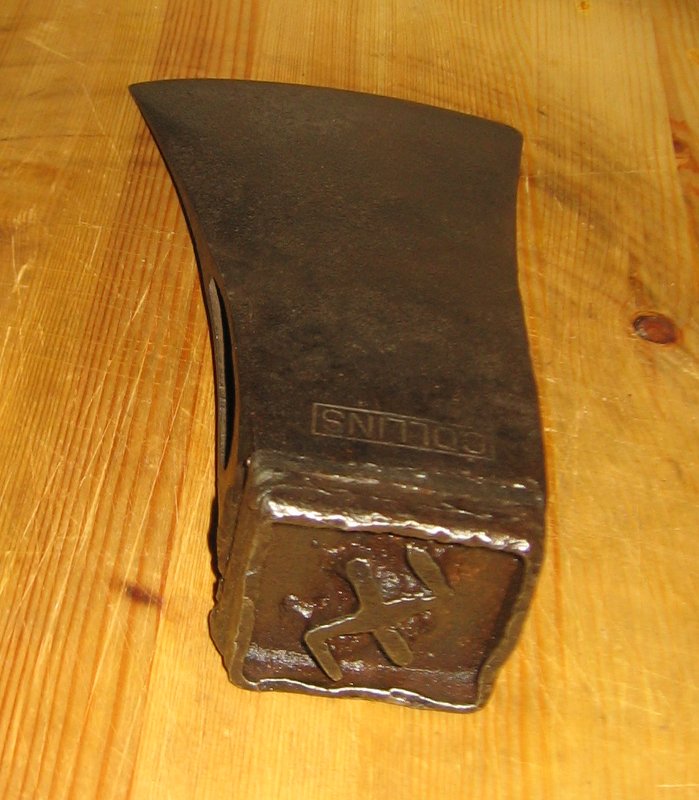Webscrounger
Gold Member
- Joined
- Feb 13, 2005
- Messages
- 1,532
Could 'M' refer to the number as measured, minimum or maximum head weight?
I also see what looks like the exact same 'M' stamp on head of different brands of axes that cold have been made by Mann for other axe companies or distributors.
I also see what looks like the exact same 'M' stamp on head of different brands of axes that cold have been made by Mann for other axe companies or distributors.











